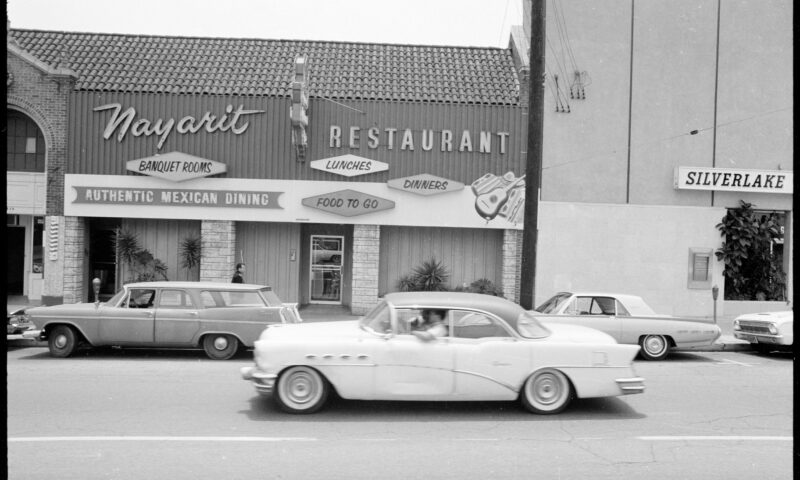
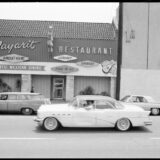
Natalia Molina, historian, author and MacArthur fellow, discusses gentrification and her family’s history of nurturing community.


Natalia Molina, historian, author and MacArthur fellow, discusses gentrification and her family’s history of nurturing community.
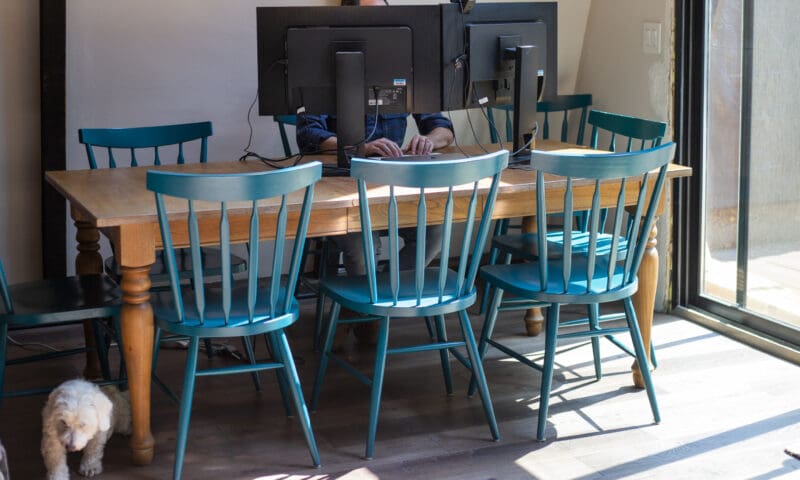

Affluent Californians flock to the region, creating a classic housing crisis, only more so.


The acclaimed op-ed contributing writer to the N.Y. Times and L.A. Times examines the past, present and future of racialized housing policy.


Critics say the Oakland A’s waterfront development would cost port jobs and increase pollution and traffic.

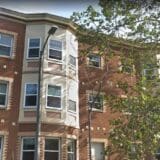
Has a Montgomery Street company arrived in Southern California to flip rent-controlled apartments into market rate units?


Frogtown, also known as Elysian Valley, is yet another Los Angeles neighborhood being transformed by gentrification.
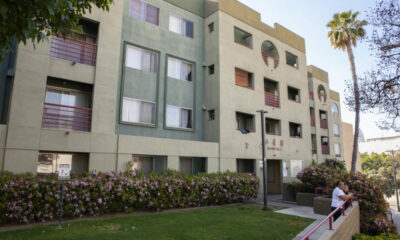
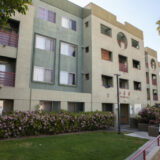
Last month tenants in a large apartment complex were close to an agreement that would have kept their units affordable. Suddenly, they are facing eviction again.
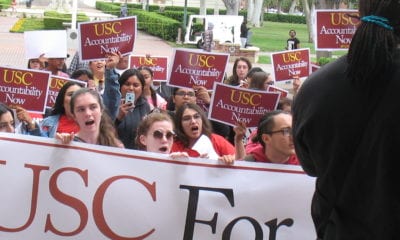
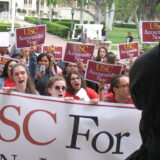
Borrowing tactics from the Occupy and labor movements, a coalition of faculty and anti-gentrification activists has set up a tent city outside the University of Southern California. Their proclaimed target: USC’s culture of greed and opaqueness.

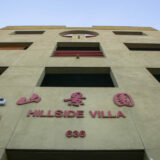
As affordable-housing agreements written 30 years ago begin to lapse, California is set to lose more than 34,000 affordable-rent units.
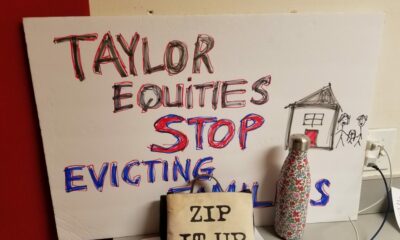
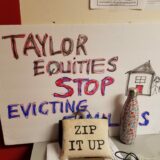
Taylor Equities’ purchase of a 36-unit building was followed by renter complaints of harassment and disruptive construction. Then came the eviction notices.


Co-published by Fast Company
While municipal-broadband initiatives and digital-friendly promotional campaigns project a narrative of progressive growth, the repercussions for disenfranchised communities often go overlooked.
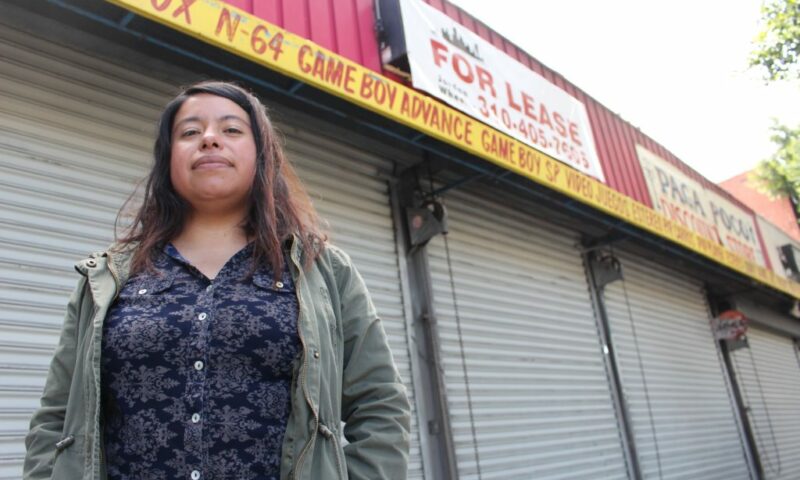
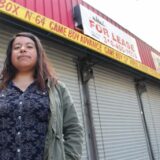
Defend Boyle Heights’ Nancy Meza has brought her anti-gentrification workshops to Chicago and New York. Residents from South Los Angeles to Orange County have asked for similar training.
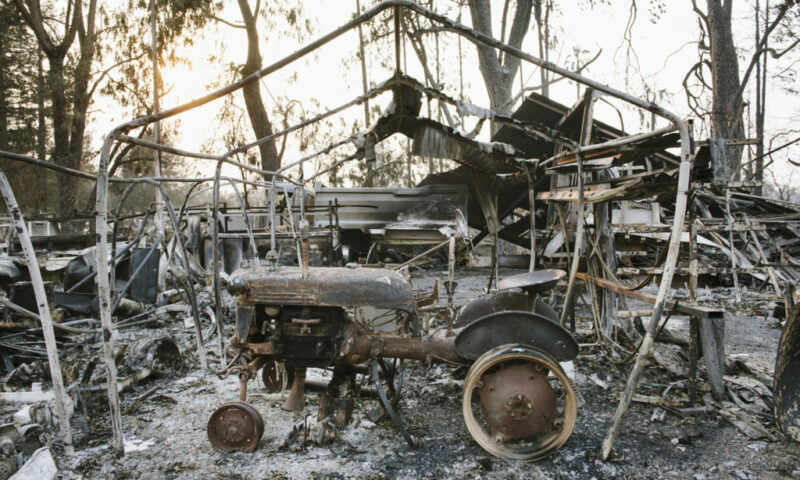

With the first tumultuous year of Donald Trump’s presidency winding down, Capital & Main looks back at the images and stories we presented over the last 12 months.
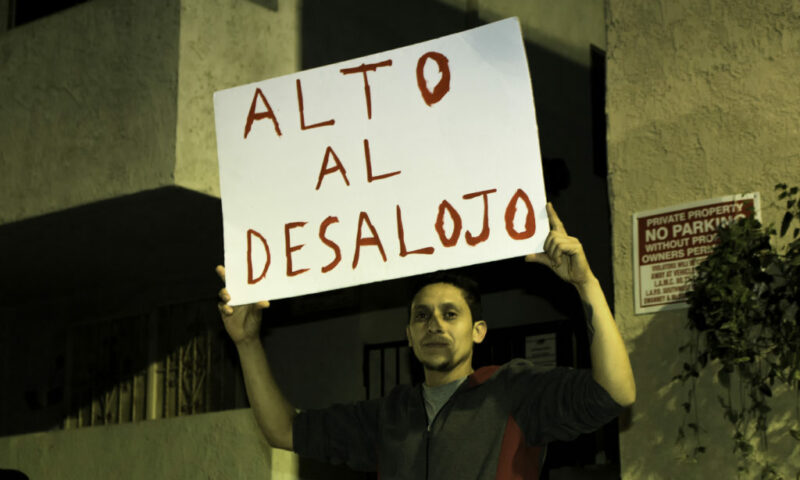

Christian and her neighbors who live on a gentrifying block near the University of Southern California have formed an association to fight their eviction, hoping there is power in numbers.
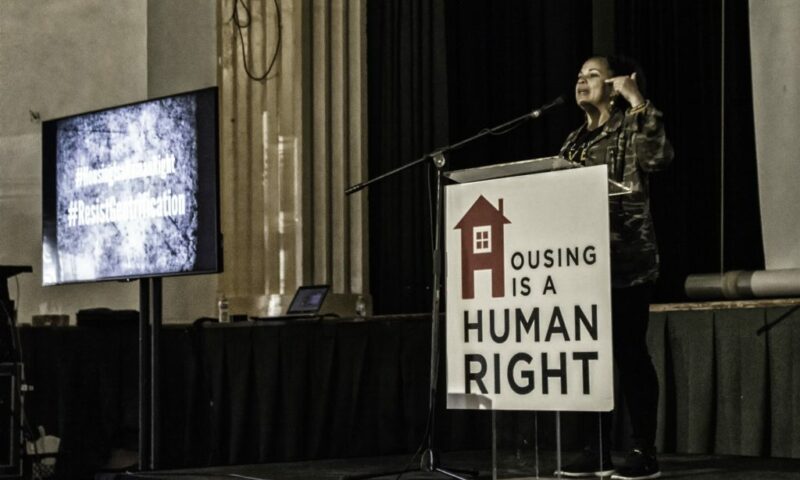
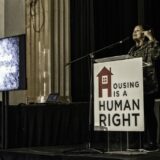
Rent control would not fix L.A.’s affordable housing crisis, but it would help long-time renters in neighborhoods that are suddenly desirable in the eyes of investors.
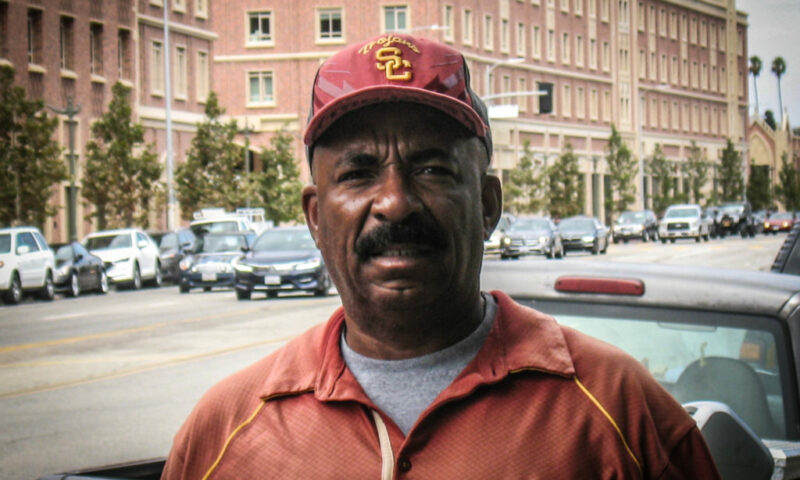

“Lil Bill” Flournoy’s bicycle-repair shop has a panoramic view of the community that he and his father have served for over 40 years — and of the new USC Village, which has pushed his business into the street.


One of the wryest moments in Karen Rizzo’s insightful one-act comes when Lee (Mark Carapezza), a sculptor attending a dinner party with his wife, blinks with bewilderment as he clutches a glass of $2,500-a-bottle Scotch in one hand and a goblet of chichi red wine in the other.
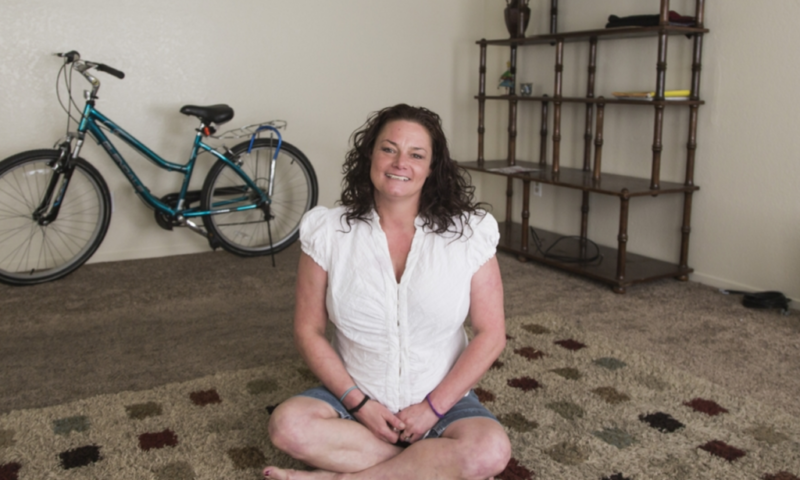
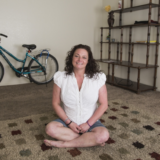
The way Esther Delahey sees it, her neighborhood in south Fresno, the Lowell district, has gotten a bad rap. Named in 1884 for the New England poet James Russell Lowell, the district is part of a larger area, hemmed in by three highways.


California leads the nation in having the most severely rent-burdened households, as well as having the largest shortage of affordable rental homes. (The U.S. Department Housing and Urban Development and other agencies consider families that spend more than 30 percent of their income on rent as rent-burdened.)